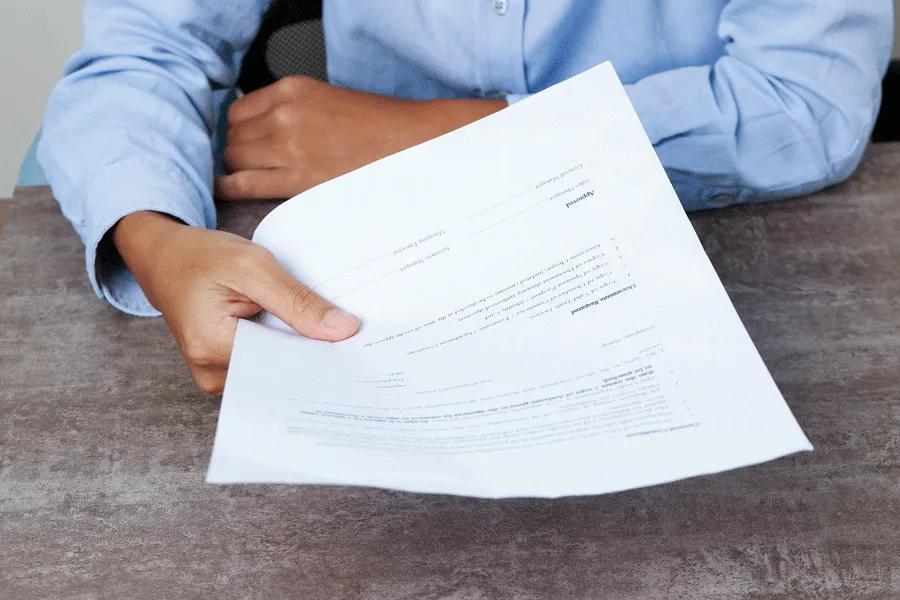What is a Cover Letter?
A cover letter is a one-page document that you submit as part of your job application alongside your resume. It serves as an introduction to your skills, experience, and qualifications. Unlike a resume, which provides a factual summary of your work history, a cover letter gives you the opportunity to showcase your personality, express your enthusiasm for the role, and explain why you’re the perfect fit for the company. It’s your chance to make a strong first impression and persuade the hiring manager to read your resume and consider you for an interview. The cover letter complements your resume by providing context and demonstrating your written communication skills.
Why is a Cover Letter Important?
In today’s competitive job market, a well-crafted cover letter can significantly increase your chances of landing an interview. It allows you to highlight the specific skills and experiences that align with the job requirements, going beyond the bullet points in your resume. A cover letter also demonstrates your genuine interest in the company and the specific role, which can set you apart from other applicants. It shows that you’ve taken the time to understand the company’s values and needs, and that you’re prepared to contribute to their success. Furthermore, the cover letter is a crucial tool to personalize your application and tailor your message to each job. Not only that, many companies consider the cover letter as a test of a candidate’s written communication skills, attention to detail, and professionalism.
Elements of a Strong Cover Letter
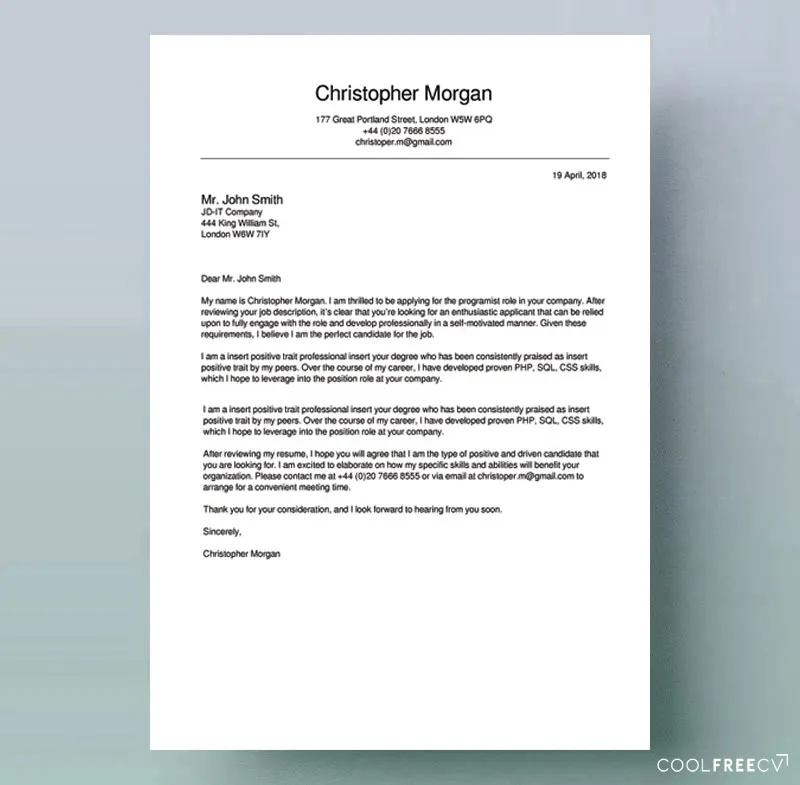
A strong cover letter is clear, concise, and compelling. It should begin with a professional header, including your contact information and the date. The greeting should address the hiring manager or the specific person in charge of hiring for the position, if known. The opening paragraph should grab the reader’s attention and state the position you are applying for and where you found it. The body paragraphs should highlight your relevant skills and experiences, providing specific examples of your accomplishments and how they align with the job’s requirements. The closing paragraph should reiterate your interest in the position and company, and include a call to action, such as expressing your availability for an interview. The tone should be professional yet enthusiastic, demonstrating your personality and passion for the role. Always proofread your cover letter carefully for any grammatical errors or typos before submitting.
Cover Letter Structure
A well-structured cover letter is easy to read and understand. It typically consists of several key components that work together to present your qualifications and enthusiasm. The organization of your letter can influence the reader and their perception of you. A proper structure ensures the flow of information and keeps it from becoming cluttered and disorganized. Each part of the cover letter has a distinct purpose and contributes to your overall message. By following this format, you can create a cover letter that effectively communicates your skills and experiences and makes a lasting positive impression. The following sections detail each part and provide guidance on what to include.
Header
The header of your cover letter should include your contact information: your full name, phone number, email address, and optionally, your LinkedIn profile URL. The header should be aligned to the left or right, depending on your preference, and match the style of your resume. The inclusion of a header ensures that the hiring manager can easily reach you if they are interested in scheduling an interview. Make sure the information provided is up to date and accurate to avoid any miscommunication. It should be a clean and professional design. This section sets the stage for the rest of your cover letter and provides essential details for the potential employer.
Greeting
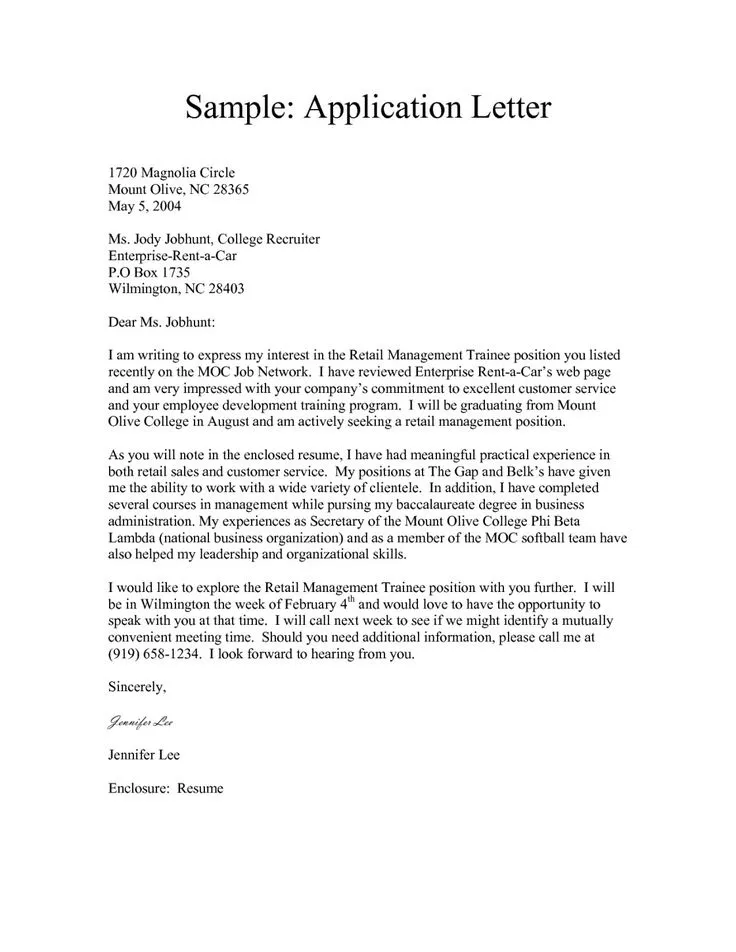
The greeting is the first interaction you have with the hiring manager, so it is important to be formal. If you know the name of the hiring manager, use ‘Dear Mr./Ms./Mx. [Last Name]’. If you are unsure, use ‘Dear Hiring Manager’ or ‘Dear [Department Name] Hiring Team’. Avoid generic greetings like ‘To Whom It May Concern’ as they come off as impersonal. Always double-check the correct spelling and title of the recipient’s name. This level of attention to detail demonstrates your professionalism and respect for the recipient. A well-crafted greeting immediately establishes a professional tone and shows that you have taken the time to research the company. The right greeting sets the tone for the rest of the letter and shows your attention to detail.
Opening Paragraph
The opening paragraph is your chance to make a strong first impression. Start by stating the position you are applying for and where you found it (e.g., job board, company website, referral). Briefly mention why you are interested in the role and what you hope to achieve. This paragraph should be concise and to the point, immediately grabbing the reader’s attention. Highlight your most relevant qualifications or skills to entice the reader to continue. Demonstrate your enthusiasm for the opportunity and the company. The opening should provide a clear and concise introduction to your application. This introductory paragraph sets the stage for the rest of your letter and determines if the hiring manager continues to read.
Body Paragraphs
The body paragraphs are the core of your cover letter. Here, you should elaborate on your skills, experience, and qualifications, providing specific examples to support your claims. Connect your qualifications to the requirements of the job description. Highlight your key accomplishments and quantify them whenever possible (e.g., ‘Increased sales by 15%’). Show, don’t just tell, by providing evidence of your abilities. Tailor each body paragraph to address the specific needs of the role and the company’s values. This section is where you show why you are a suitable candidate and what you bring to the table. Each body paragraph should build upon the previous one to create a cohesive and convincing narrative. The body paragraphs are the most substantial part of the letter and carry the most weight.
Closing Paragraph
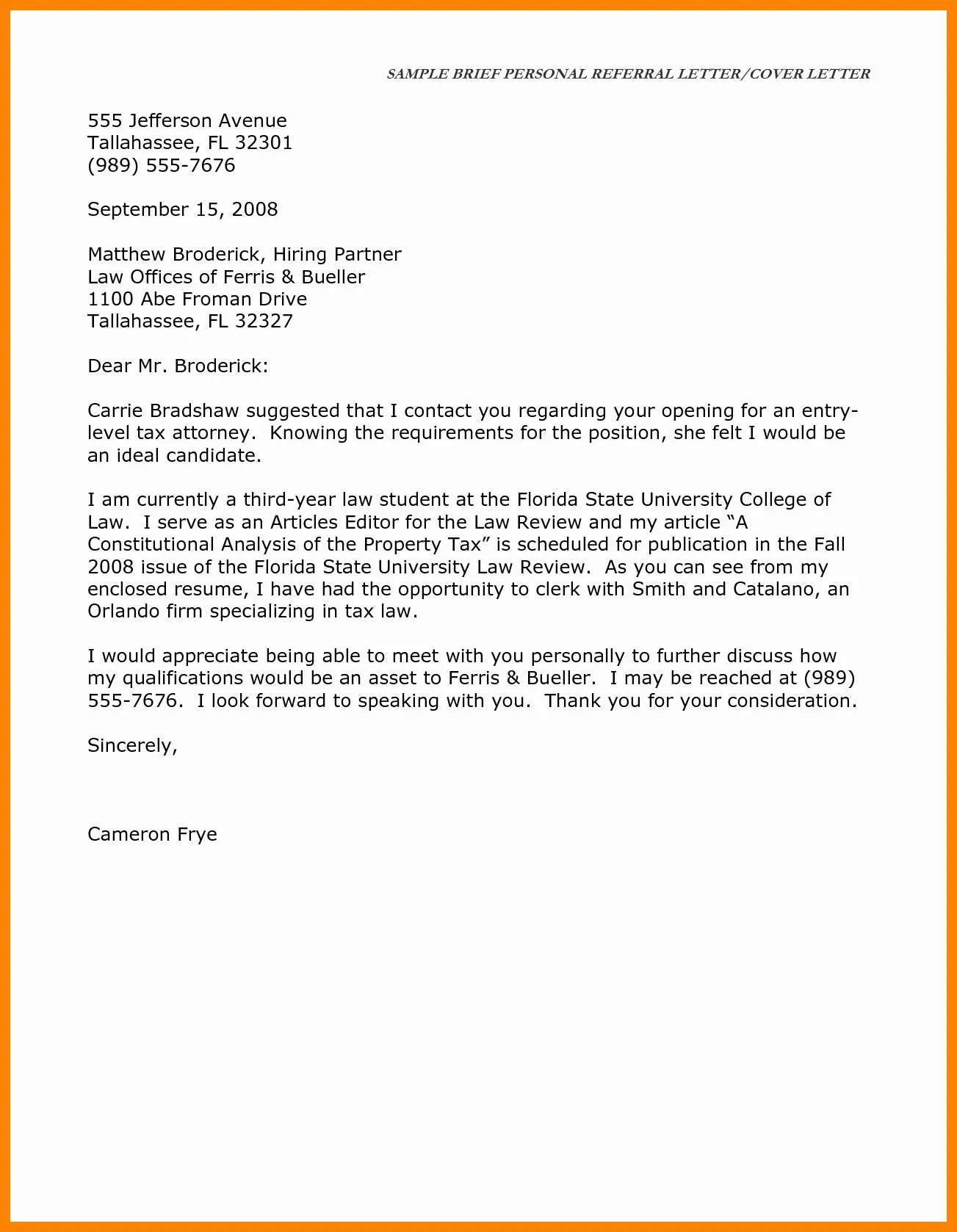
In your closing paragraph, reiterate your interest in the position and the company. Thank the hiring manager for their time and consideration. Express your availability for an interview and include a call to action, such as ‘I look forward to hearing from you soon.’ Keep the tone professional and enthusiastic, reinforcing your eagerness to contribute to the company. Proofread your cover letter thoroughly before sending it, especially the closing paragraph, to ensure it ends on a positive and memorable note. The closing paragraph provides a clear signal of your intent and makes it easy for the hiring manager to take the next step.
Formatting Guidelines for Cover Letters
Proper formatting is crucial for making your cover letter easy to read and visually appealing. Use a standard font like Times New Roman, Arial, or Calibri in a 10–12-point size. Maintain consistent margins (typically 1 inch on all sides) and use single-spacing throughout the document. Avoid using excessive bolding, underlining, or italics, which can distract the reader. Keep your cover letter concise and to one page; aim for three to four paragraphs. Ensure there are enough white spaces between paragraphs to make it visually appealing. Use professional language and avoid slang or jargon. These formatting guidelines will help ensure that your cover letter looks professional and is easy to read. Make sure that the formatting complements the content to make your cover letter shine.
Types of Cover Letter Samples
There are several types of cover letter samples to choose from, each designed to cater to different job-seeking situations and career goals. The best sample to use depends on your experience, the job you are applying for, and the industry. Each has its unique approach to highlight skills, experience, and enthusiasm, helping to secure interviews. Reviewing various cover letter samples can inspire and help you tailor your application. Understanding the different types enables you to select the most effective approach for your needs. Each type provides a framework to showcase your strengths and increase your chances of success.
The Classic Cover Letter Sample
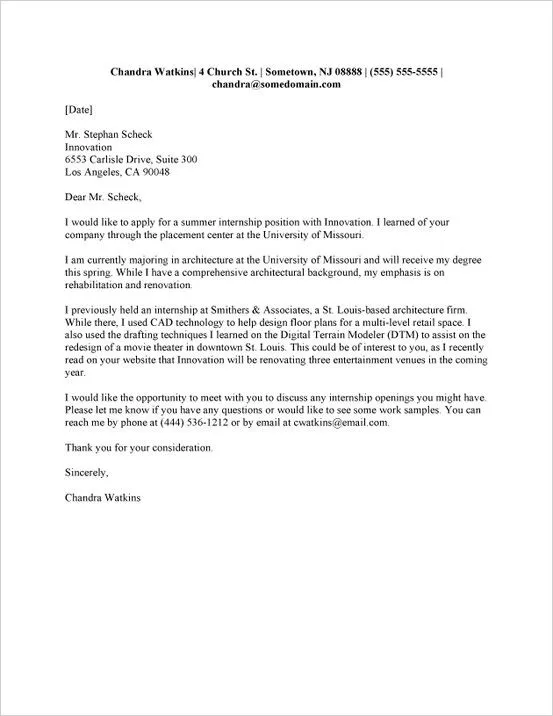
The classic cover letter is a straightforward approach that focuses on presenting your qualifications and enthusiasm for the job. It follows a standard format with an opening paragraph, body paragraphs, and a closing paragraph. It directly addresses the job requirements and highlights relevant experiences and skills. Use this sample if you have a well-defined career path and a clear understanding of your strengths and how they align with the job. The classic cover letter sample emphasizes clarity, conciseness, and professionalism. It works well for a wide range of job applications and industries. Use the classic method when you want a direct presentation of your qualifications.
The Targeted Cover Letter Sample
The targeted cover letter is tailored to the specific requirements of the job description. It emphasizes how your skills and experiences align with the exact needs of the role and the company. Review the job description carefully and identify the key qualifications the employer is seeking. Use this cover letter sample to address each of these qualifications directly, providing examples of your accomplishments. The targeted cover letter is more customized and demonstrates that you understand the role’s requirements. This sample proves that you have the skills and the understanding of the job responsibilities. Tailor the letter to fit each specific job application.
The Skills-Based Cover Letter Sample
A skills-based cover letter emphasizes your key skills and how they relate to the job, rather than focusing on your work history. It is particularly useful if you’re changing careers, have gaps in your employment, or have limited work experience. Organize the letter around your core skills, providing specific examples of how you’ve demonstrated those skills in previous roles or projects. This approach helps you showcase your abilities even if your work history doesn’t perfectly align with the job description. Emphasize the skills required by the job. This helps you to make a solid case for your qualifications, regardless of your employment history. The skills-based sample emphasizes the key abilities to get the job.
The Networking Cover Letter Sample
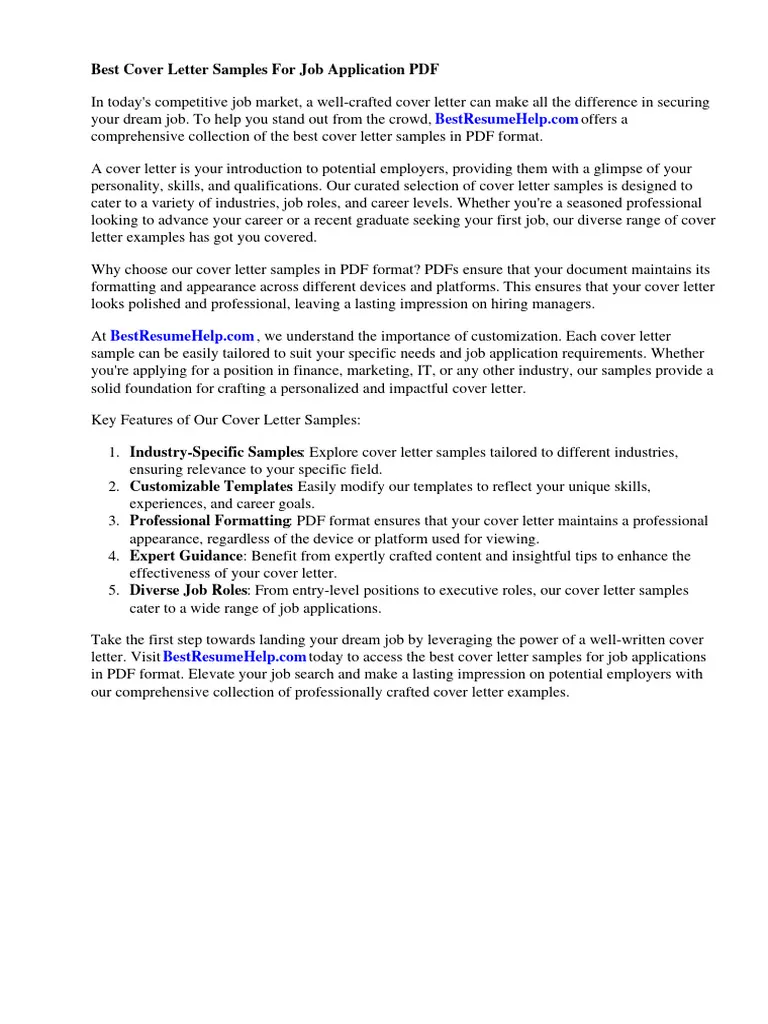
The networking cover letter is used when you have a connection with someone at the company or are applying for a job through a referral. It focuses on building rapport and leveraging your connection to increase your chances of getting an interview. Mention the person who referred you (if applicable) and express your enthusiasm for the opportunity. Highlight your skills and experiences, but keep the tone conversational and emphasize your connection. Use this type of cover letter sample when you are leveraging your existing connections. This approach demonstrates that you have a strong interest in the job and company, due to a referral. The networking cover letter can open doors when you have a personal connection.
Cover Letter Sample for Internship
An internship cover letter should emphasize your academic achievements, relevant coursework, and any prior internship or volunteer experiences. Highlight any skills you’ve developed that relate to the internship, such as technical skills, communication skills, or teamwork abilities. Demonstrate your enthusiasm for the internship opportunity and the company. Tailor your letter to show how the internship aligns with your career goals and what you hope to learn. The aim of your internship is to show your interest and what you’re looking forward to learn. The internship cover letter is tailored to highlight academic and extracurricular experiences. This sample is geared towards students or recent graduates seeking an internship.
Cover Letter Sample for Entry-Level Job
An entry-level job cover letter should highlight your educational background, any internships or part-time jobs, and any relevant skills or experiences. Focus on demonstrating your eagerness to learn and your potential to contribute to the company. Emphasize transferable skills such as communication, teamwork, and problem-solving. Use this sample to show that you’re enthusiastic about the opportunity. The entry-level cover letter is aimed towards those just starting their career. The cover letter emphasizes your enthusiasm and potential.
Cover Letter Sample for Experienced Professionals
Experienced professionals should highlight their accomplishments, quantifiable results, and leadership experience in their cover letter. Provide specific examples of how you’ve added value to previous employers, such as increasing revenue, improving efficiency, or leading successful projects. Tailor the letter to the specific job requirements and emphasize how your experience aligns with the company’s needs. The cover letter sample focuses on the achievements of professional experience. The aim is to highlight significant professional accomplishments and skills.
Cover Letter Sample for Management Positions
A cover letter for management positions should emphasize your leadership abilities, experience in managing teams, and strategic thinking skills. Provide examples of how you’ve successfully led teams, managed projects, or implemented strategic initiatives. Highlight your ability to drive results, motivate employees, and create a positive work environment. Use this cover letter sample to showcase your management and leadership qualities. The management position cover letter needs to focus on leadership experience and skills. Tailor your cover letter to highlight your leadership and strategic skills.
Common Mistakes to Avoid in Cover Letters
Avoiding common mistakes is crucial for making a positive impression. Avoid typos and grammatical errors by proofreading your cover letter carefully. Generic cover letters should be avoided; tailor each letter to the specific job and company. Never use clichés or buzzwords that don’t add value. Don’t simply restate your resume; provide additional context and insights. Avoid being too casual or informal; maintain a professional tone throughout. Do not include irrelevant information or personal details. Avoid excessive length; keep your cover letter concise and focused. Be careful when using templates and make sure you customize them. Make sure to avoid these common mistakes to make your cover letter professional. Avoiding these mistakes will improve the overall quality of your cover letter.
Proofreading and Editing Your Cover Letter
Proofreading and editing are essential steps to ensure your cover letter is polished and professional. After writing your cover letter, review it multiple times for any errors. Check for typos, grammatical mistakes, and inconsistencies in formatting. Read the cover letter aloud to catch any awkward phrasing or sentence structures. Ask a friend, family member, or career advisor to review your cover letter for feedback. Ensure your cover letter aligns with your resume, as well. Proofread carefully to avoid errors. You should always carefully edit your cover letter before submitting. Proper editing makes your cover letter professional and helps make a good impression. These steps will ensure that your cover letter is free of errors.
